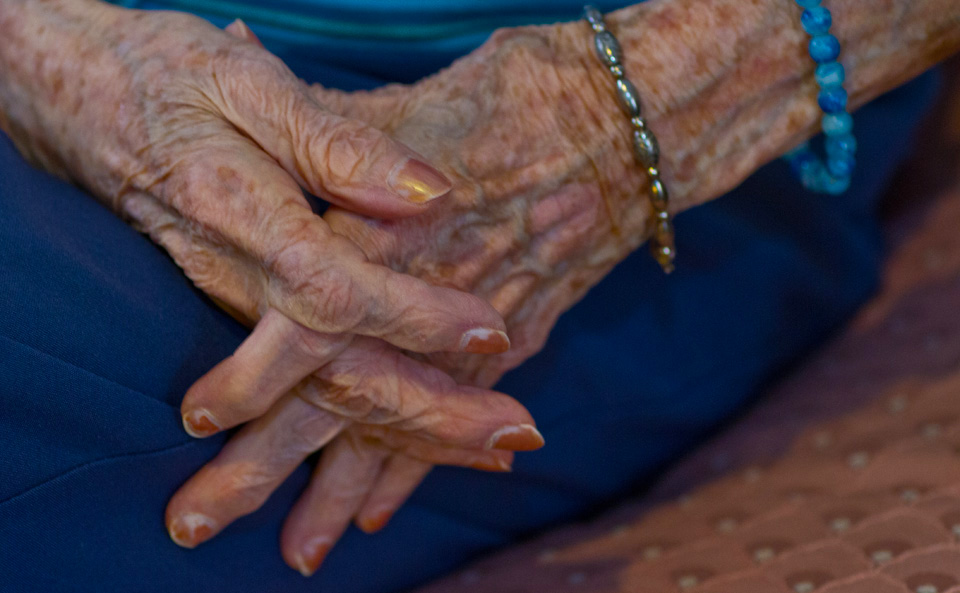As the days ahead promise warmth and sunshine, it’s easy to forget to slather on the sunscreen in our enthusiasm to get some vitamin D therapy. However, this is our first line of defense in preventing skin cancer, premature aging and age spots.
Age spots, sometimes referred to as liver spots, are flat darkened spots that appear on areas of the skin most exposed to the sun including hands, face, shoulders and arms. The use of tanning beds can also contribute to the formation of liver spots which develop as a result of UV light accelerating the production of melanin, creating a tan to protect the deeper layers of skin. When this melanin clumps together following prolonged sun exposure, age spots can form.
Liver spots are usually not harmful but many adults over the age of 50 who spends a lot of time in the sun develop these darkened areas of the skin. They are most common in fair skinned adults and people who have suffered repeated sunburns. Although age marks are usually not a cause for concern, it is always important to keep an eye out for any spots on the skin that change in size or shape, become itchy, tender, bleeding or are very dark. Report any such changes to your doctor as they may indicate melanoma, a serious form of skin cancer.
If age spots have already formed, continue to use sunscreen and visit a dermatologist to find our more about prescription bleaching creams, retinoids or a steroid cream to help fade spots. Laser therapy may also help fade liver spots but can result in a discoloration of the skin in some cases. Freezing or cryotherapy can be used to treat a single or small group of age spots but may also result in scaring or discoloration. Resurfacing of the skin in the form of dermabrasion or a chemical peel may be considered to treat age spots but can cause irritation, redness and possible discoloration. With any treatment option, it is very important to use a SPF of at least 30 to protect the skin.
Over-the-counter fade creams are also available which may improve the appearance of age spots if used regularly; popular ingredients include hydroquinone, glycolic acid or kojic acid but watch for any skin irritation and continue to use a UVA/UVB sunscreen. Protective clothing and hats can also help prevent age spots. Avoid exposure to the sun during peak times between 10a.m. and 3p.m.
To learn more about the prevention and treatment of age spots visit the Mayo Clinic online at http://www.mayoclinic.org/diseases-conditions/age-spots/basics/definition/con-20030473 .






Add Your Voice
0 Comments
Join the Discussion